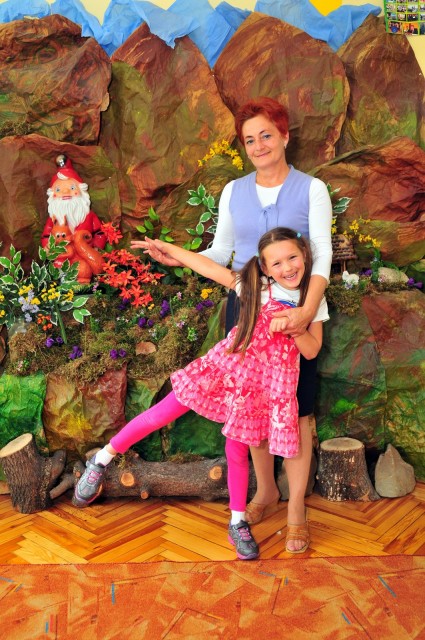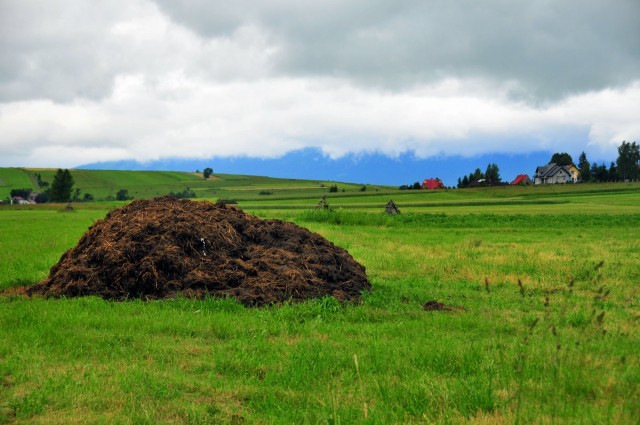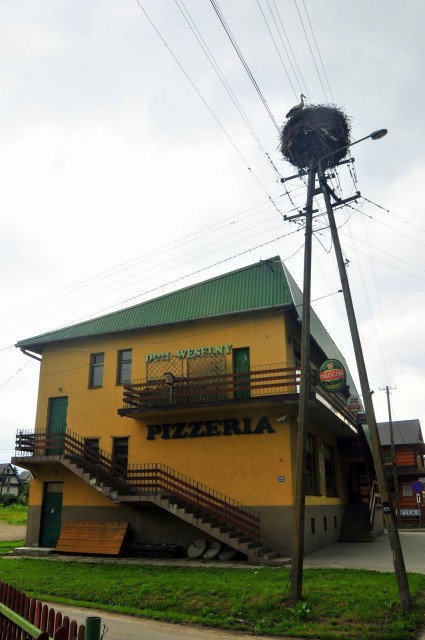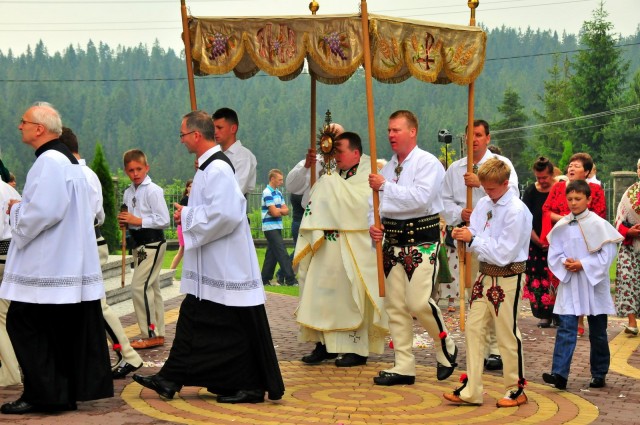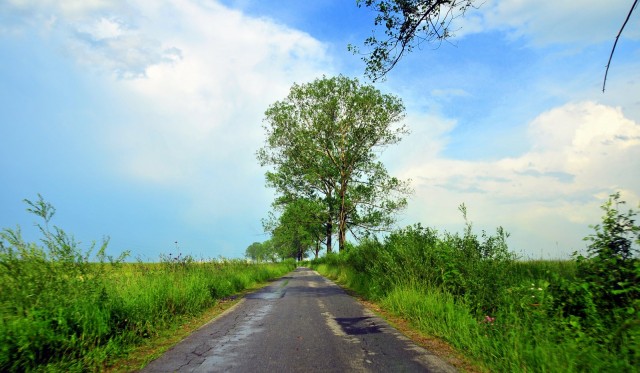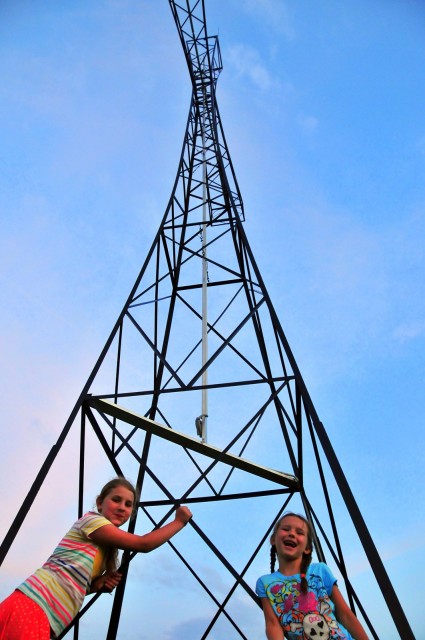The Girl and I headed to Krakow today. I was hesitant to take her: she can get fussy with too much walking, and I was intent on visiting some new ground.
“Are you sure you want to go? It will be a lot of walking, and we’ll be doing things you might not find so interesting,” I explained.
“Like what?”
“Like visiting old churches.”
“Sounds okay,” she insisted.
And so we went. After all, what else were we to do? Now power at the house due to repair work; no option that involved excessive outside time (for in Krakow, one can always take cover almost immediately).
And so we went.
Florianska Approach




The first time one walks from the general transportation area )the bus station and train station, as well as the muddy lot that serves as the “station” for all private lines) to the main city square is probably etched in most people’s memory. Turn at the Florian Gate, head down Florianska Street, and the spire are the end only hints at the grandour of the city square. As L and I headed down the street, I somehow doubted she would be as impressed. The Romanian brass band did, though.
Plastic Nonsense




Some things were predictable: every single kisok with plastic nonsense — every single one — acted as a magnet for the Girl. “Can I look at this around at this one?” “Can I take a look at this one?” So of course when we went to the Sukiennice, she was in complete heaven.
To her credit, many of the trinkets and nonsense were for friends. And a very fun little toy for Little Brother.
Churches





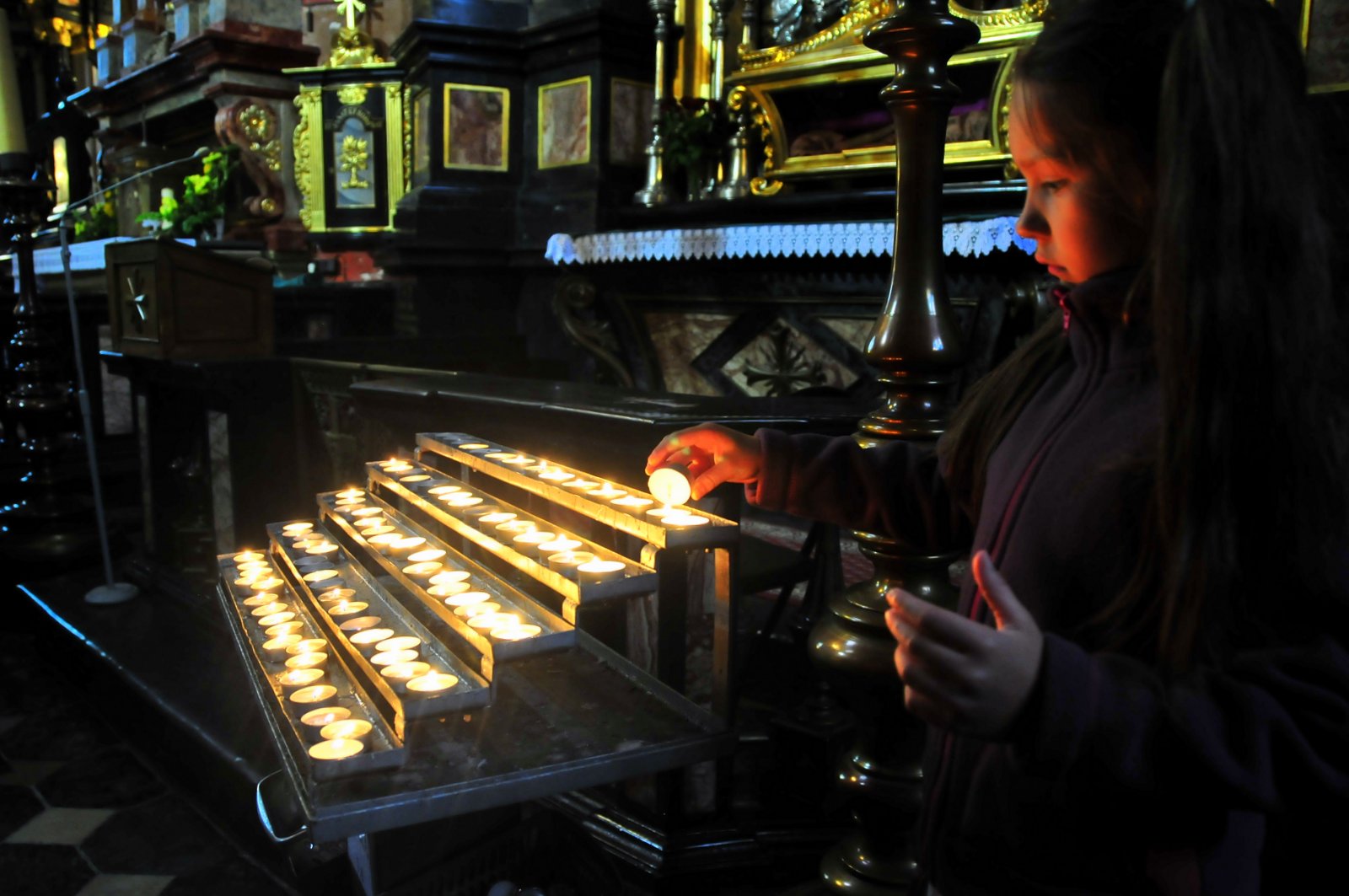
Going to Krakow means unquestionably going to church. Going to churches. They’re everywhere, and almost all of them are incredible. There are of course a couple of churches one must visit: Wawel’s cathedral and the Basilica of St. Mary.
Wawel Hill





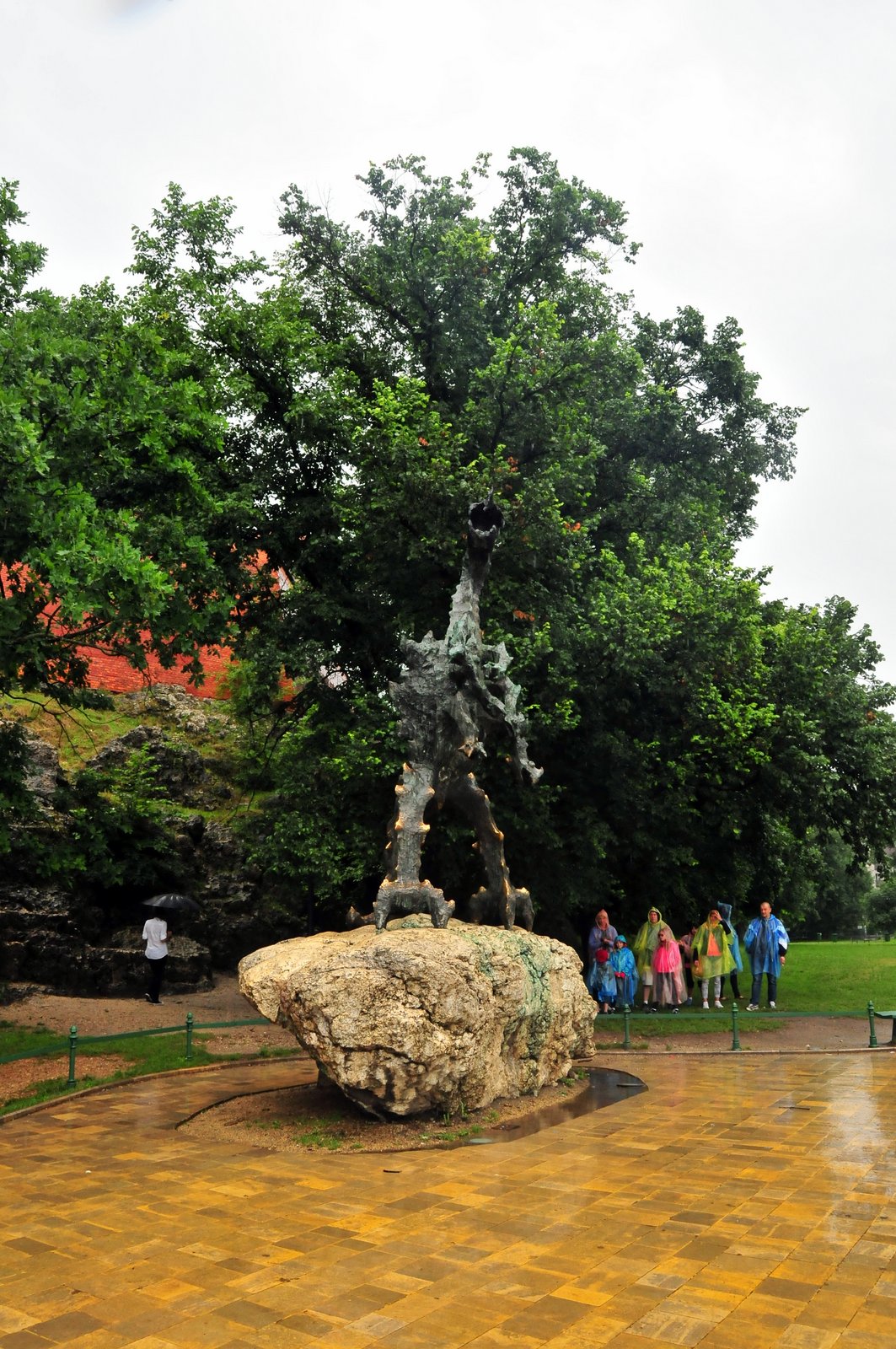
A visit to Krakow is incomplete without visiting the royal palace on Wawel Hill. Like many other potential attractions in Krakow, this one was likely not to rank too high on the Girl’s list of favorite/impressive sites. The plastic-nonsense-kiosks reign supreme. Still, some things grabbed her attention: the idea of a courtyard, which I explained as a yard surrounded by a giant house as opposed our house surrounded by a yard, fascinated her; the idea of visiting the cave of the Wawel Dragon both fascinated and frightened her.
